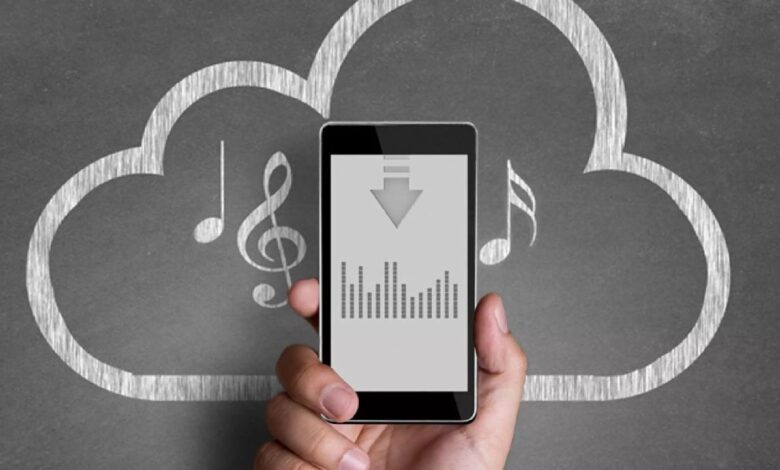MP3 File Format Demystified: Everything You Need to Know

In the ever-evolving landscape of digital audio, the MP3 file format stands as a pivotal milestone that revolutionized the way we consume and share music. Since its inception in the 1990s, MP3 has become synonymous with portable music and online audio distribution. But what exactly is an MP3 file, how does it work, and why has it held its ground for so long? In this comprehensive guide, we will delve into the intricacies of the MP3 file format, exploring its history, compression technology, benefits, drawbacks, and place in the modern audio world.
MP3 Format: A Overview
MP3, or MPEG-1 Audio Layer III, was developed by the Moving Picture Experts Group (MPEG) in the early 1990s. This international organization set out to create a file format that could compress audio data without significant loss in quality, making it suitable for storage and transmission over then-slow internet connections.
The primary goal of the MP3 format was to strike a balance between audio quality and file size. This was achieved by discarding audio data that the human ear is less sensitive to, primarily frequencies and sounds that are masked by louder sounds. This approach paved the way for the compression algorithms that became the hallmark of the MP3 format.
How MP3 Compression Works: A Deep Dive
The core of the MP3 format’s success lies in its advanced compression technology. MP3 employs a perceptual audio coding algorithm that leverages the psychoacoustic properties of human hearing. The algorithm identifies sounds that are less audible to the human ear and discards or reduces their representation in the audio file. This method allows for a significant reduction in file size while maintaining a reasonable level of audio quality.
The process of creating an MP3 file involves several steps:
1. Audio Analysis: The input audio is divided into small chunks called frames. Each frame is analyzed for its spectral characteristics, including frequency components and energy distribution.
2. Psychoacoustic Model: A psychoacoustic model determines the threshold of audibility for different frequencies. Sounds that fall below this threshold can be discarded or altered without a noticeable impact on perceived quality.
3. Quantization: After identifying imperceptible sounds, the algorithm quantizes the remaining audio data. This involves reducing the bit depth and bit rate, effectively encoding the audio at a lower resolution.
4. Entropy Coding: The quantized audio data is then subjected to entropy coding, which further compresses the data by assigning shorter codes to frequently occurring sounds.
5. Frame Encoding: Finally, the frames of compressed audio data are organized into a bitstream that constitutes the MP3 file.
Benefits and Drawbacks of MP3 Format
The MP3 format brought about a multitude of benefits that contributed to its widespread adoption:
1. Compact Size: MP3 files are significantly smaller than their uncompressed counterparts, making them ideal for storage and transmission.
2. Portability: The small file size of MP3s made it feasible to store and carry large music collections on portable devices like MP3 players, smartphones, and later, iPods.
3. Internet Distribution: The rise of the internet and peer-to-peer sharing platforms coincided perfectly with the MP3 format’s ability to transmit audio files efficiently over slow connections.
4. Balanced Quality: Although MP3 is a lossy compression format, its algorithms are designed to maintain a reasonable level of audio quality, especially at higher bit rates.
However, it’s important to acknowledge the drawbacks:
1. Loss of Audio Quality: MP3 compression involves discarding audio data, leading to a loss of fidelity, particularly noticeable at lower bit rates.
2. Artifacts: At very low bit rates, MP3 files can exhibit compression artifacts, manifesting as distortions or “swirling” sounds.
3. Evolution of Audio Formats: With advancements in technology, newer audio formats like AAC, FLAC, and Opus have emerged, offering better compression efficiency and superior audio quality compared to MP3.
MP3 in the Modern Audio Landscape
Despite the emergence of newer audio formats, MP3 has maintained its relevance for various reasons:
1. Legacy Support: Millions of audio tracks and devices still utilize the MP3 format, ensuring its continued usage.
2. Compatibility: Most media players and devices, old and new, support MP3 playback, making it a universal choice for audio distribution.
3. Convenience: MP3’s balance between quality and size still appeals to casual listeners and those with limited storage.
Conclusion
The MP3 file format, with its revolutionary compression technology, democratized the way we consume and share music. While it’s no longer the pinnacle of audio quality or compression efficiency, its impact on the music industry and digital culture is undeniable. As technology marches forward, the MP3 format serves as a reminder of how innovation can shape the way we experience and enjoy the sound. Whether it’s a cherished classic or a modern masterpiece, the MP3 format continues to resonate with music lovers around the world.